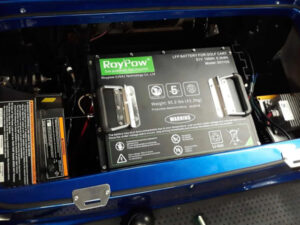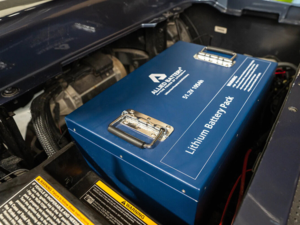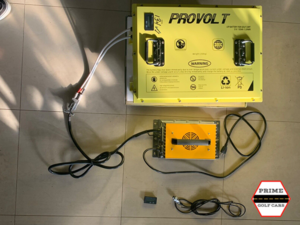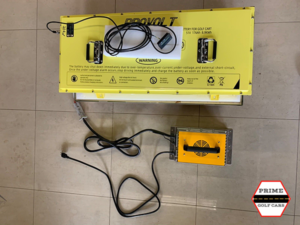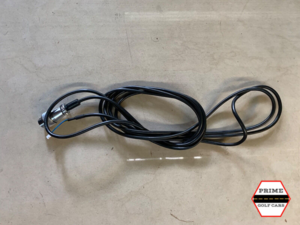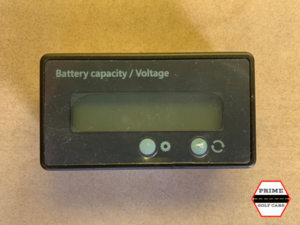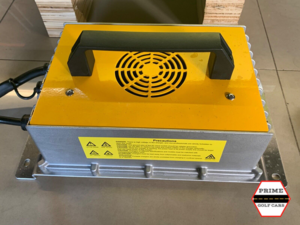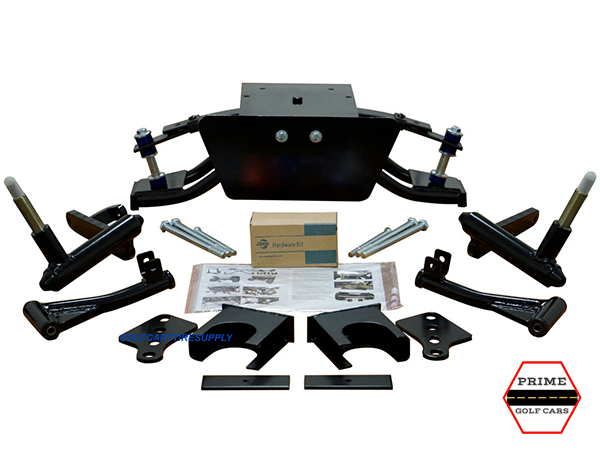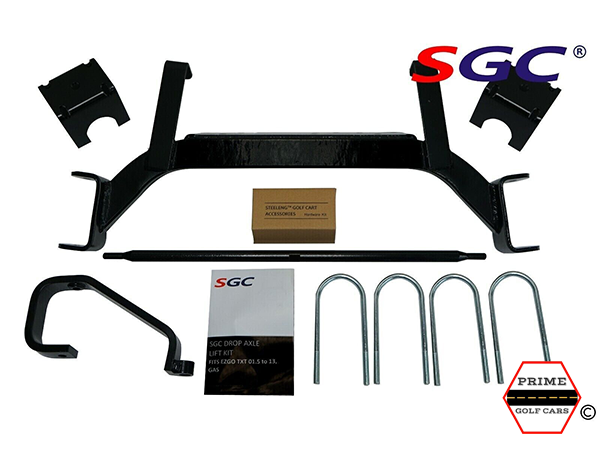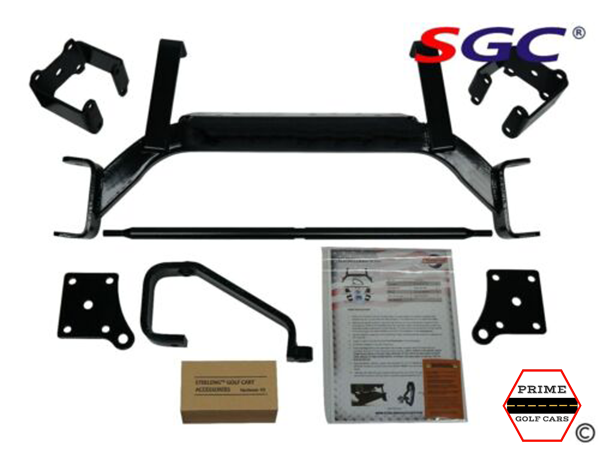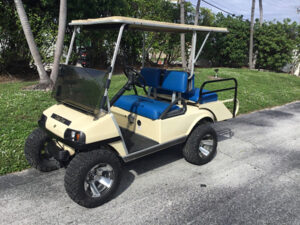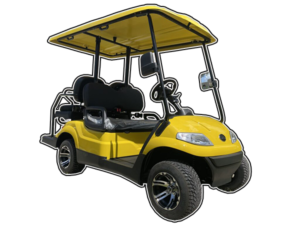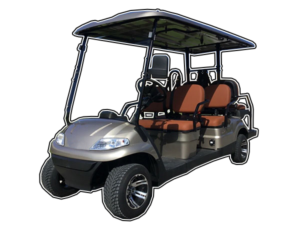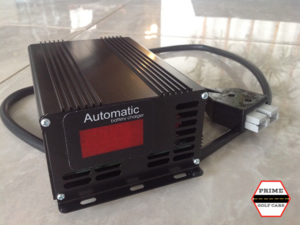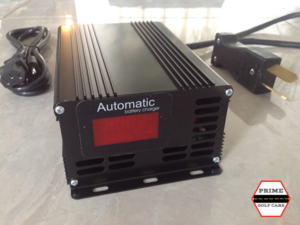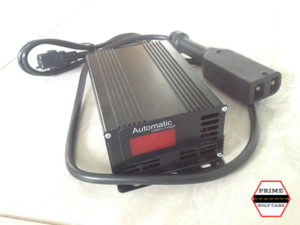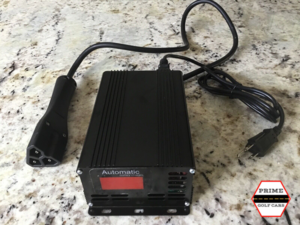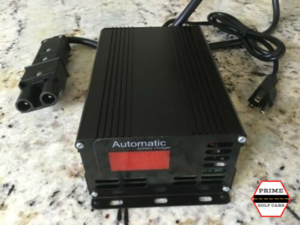Our website Lithium Golf Carts features golf cart lithium batteries we have for sale, along with golf carts that come with a lithium battery already installed. Most golf carts come with the standard lead-acid battery system, where the Evolution, Kodiak, and T-Sport golf carts come with a high-capacity lithium battery. Evolution golf carts are the current industry-leading cart brand, as they come standard with many accessories that other golf carts need installed, such as a lithium battery, color-matched two-tone seats, color-matched custom 14 inch rims, and a touchscreen that shows the radio/Bluetooth controls, as well as a backup camera and hands-free phone calls.
| Evolution Golf Cart | Kodiak Golf Cart | T-Sport Golf Cart |
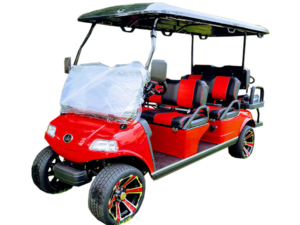 |
 |
 |
To read about the benefits of switching to a lithium battery, check out our blog on our different lithium battery brands.
Lithium Golf Carts
Evolution Golf Cart
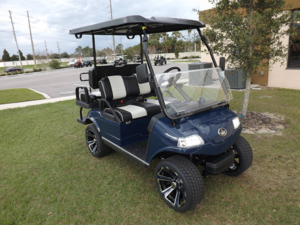 As low speed vehicles (LSVs), Evolution golf carts all come with a 17-digit VIN number, and features standard to regular cars like head lights, tail lights, brake lights, and turn signals, which allows them to be registered as LSVs and become street legal. When a cart is street legal, it is able to be driven on any public road with a posted speed limit of 35mph or less. Evolution golf carts can reach a maximum speed of 24mph, and come standard with a high-capacity lithium battery, able to travel up to approximately 80-100 miles on a charge. With an Evolution lithium battery – also made by Evolution -, it can take as little as 2 hours to charge the cart, depending on the size of the battery.
As low speed vehicles (LSVs), Evolution golf carts all come with a 17-digit VIN number, and features standard to regular cars like head lights, tail lights, brake lights, and turn signals, which allows them to be registered as LSVs and become street legal. When a cart is street legal, it is able to be driven on any public road with a posted speed limit of 35mph or less. Evolution golf carts can reach a maximum speed of 24mph, and come standard with a high-capacity lithium battery, able to travel up to approximately 80-100 miles on a charge. With an Evolution lithium battery – also made by Evolution -, it can take as little as 2 hours to charge the cart, depending on the size of the battery.
Evolution golf carts can also have a number of accessories installed, including a Bluetooth sound system, touchscreen with speedometer and backup camera, a microphone for hands-free phone calls, color-matched two-tone seats, and color-matched 14 inch rims – most golf cart tires only have 10 or 12 inch rims. All models can be fitted with a dust cover, enclosure, and windshield shade, and the option of installing a different front bumper or brush guard is also available. A clipboard for a golf score card can be installed on the steering wheel, and other golf accessories like a sand bottle, golf ball washer, and golf bag holder are also offered. Evolution also has a cooler able to be installed, and several different colored cupholder inserts.
More on Evolution golf carts: Evolution Classic, Evolution Forester, and Evolution D3
Kodiak Lithium Golf Carts
 Kodiak golf cart is unique in the golf cart industry, in that each one has the largest golf car cabin in its class, making it ideal for drivers and passengers who are tall with its wide open space for leg room. Another feature is the folding rear footrest – the footrest on the back of the cart can be folded in to make the cart shorter, creating more space for storage. Kodiak golf carts are available in two body styles – the Defender and the Apex. Both carts have the same premium features and can travel up to 25mph, and differ in the shape of their bodies. The Apex has a more triangle shape to its front end, with a hexagon pattern across the grill structure in front, while the Defender is more squared and has a chrome grill. The headlights, sides, and fenders are also shaped differently. Kodiak golf carts have a 2 year warranty.
Kodiak golf cart is unique in the golf cart industry, in that each one has the largest golf car cabin in its class, making it ideal for drivers and passengers who are tall with its wide open space for leg room. Another feature is the folding rear footrest – the footrest on the back of the cart can be folded in to make the cart shorter, creating more space for storage. Kodiak golf carts are available in two body styles – the Defender and the Apex. Both carts have the same premium features and can travel up to 25mph, and differ in the shape of their bodies. The Apex has a more triangle shape to its front end, with a hexagon pattern across the grill structure in front, while the Defender is more squared and has a chrome grill. The headlights, sides, and fenders are also shaped differently. Kodiak golf carts have a 2 year warranty.
Kodiak golf carts also come with a 48V 105AH Eco brand lithium battery, with an 8 year warranty. Not only are Eco lithium batteries 80% lighter than lead-acid batteries, the standard in most golf carts, they are 30% lighter than other lithium batteries! Guaranteed to work with any motor and controller upgrades that may be performed, Eco lithium batteries have a higher battery management system (BMS) than most other lithium batteries, and are not only zero maintenance, but have a 2.5 hour charging time too.
More on the Kodiak golf cart: Kodiak Golf Cart
T-Sport Golf Cart
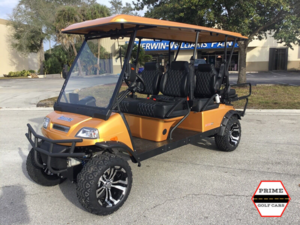 The T-Sport 6 passenger lifted golf cart is a street legal LSV that comes fully loaded with a 17-digit VIN number and a high performance 105AH lithium battery. The T-Sport 6 passenger lifted golf cart has 4 forward facing seats and 2 rear seats facing backward, and they come with custom two-tone padded luxury seats. All safety features needed to make it a street legal vehicle are in place – headlights, tail lights, brake lights, DOT windshield with wiper, DOT 3-point seat belts, a horn, and a speed range of 20-25mph. This cart is allowed on public roads that have a posted speed limit of 35mph or less.
The T-Sport 6 passenger lifted golf cart is a street legal LSV that comes fully loaded with a 17-digit VIN number and a high performance 105AH lithium battery. The T-Sport 6 passenger lifted golf cart has 4 forward facing seats and 2 rear seats facing backward, and they come with custom two-tone padded luxury seats. All safety features needed to make it a street legal vehicle are in place – headlights, tail lights, brake lights, DOT windshield with wiper, DOT 3-point seat belts, a horn, and a speed range of 20-25mph. This cart is allowed on public roads that have a posted speed limit of 35mph or less.
The T-Sport 6 passenger lifted golf cart also comes with many accessories that need to be purchased an installed in other golf carts, including a 105AH lithium battery, Bluetooth sound system, backup camera, two-tone custom seats, windshield wiper, custom steering wheel, and padded cupholder armrests on the back seats. This cart is also unique in that it has 14-inch wheel rims, while most golf carts have 10 or 12-inch rims.
More on the T-Sport golf cart: T-Sport Golf Cart
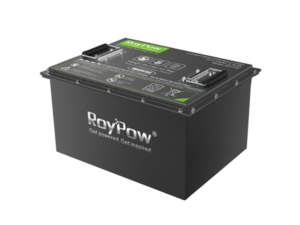
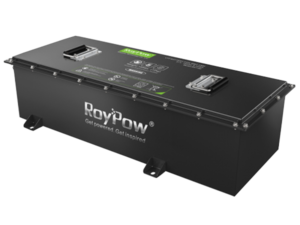
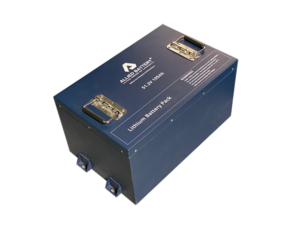 Unlike standard lead-acid golf cart batteries, only one of the Allied lithium battery is needed for the golf cart. When removing a system of lead-acid batteries – often 6 to 8 70-pound batteries – and replacing them with a single, 71 pound Allied battery, between approximately 300 and 400 pounds of weight is removed from the golf cart, greatly improving performance. The Allied battery is also easy to install, and is referred to as “drop-in ready”.
Unlike standard lead-acid golf cart batteries, only one of the Allied lithium battery is needed for the golf cart. When removing a system of lead-acid batteries – often 6 to 8 70-pound batteries – and replacing them with a single, 71 pound Allied battery, between approximately 300 and 400 pounds of weight is removed from the golf cart, greatly improving performance. The Allied battery is also easy to install, and is referred to as “drop-in ready”.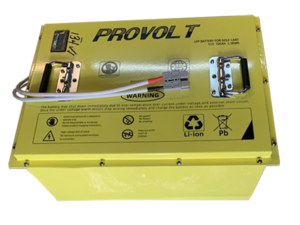 The ProVolt lithium battery is designed to easily replace a system of lead-acid batteries in a 48V golf cart, and offers several benefits, including no maintenance, no harmful chemical fumes, a much longer range with a significantly shorter charging time, and a much longer life. Most standard golf cart batteries only last 1 to 2 years, with around 500 charging cycles, while a ProVolt battery can be charged approximately 3,500 times over a period of about 10 years. Each battery is put through strict quality control and testing, which includes using rigorous vibration tests developed by Volkswagon engineers.
The ProVolt lithium battery is designed to easily replace a system of lead-acid batteries in a 48V golf cart, and offers several benefits, including no maintenance, no harmful chemical fumes, a much longer range with a significantly shorter charging time, and a much longer life. Most standard golf cart batteries only last 1 to 2 years, with around 500 charging cycles, while a ProVolt battery can be charged approximately 3,500 times over a period of about 10 years. Each battery is put through strict quality control and testing, which includes using rigorous vibration tests developed by Volkswagon engineers.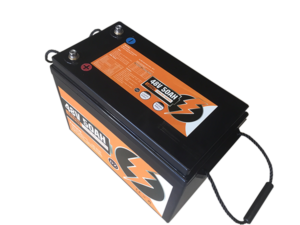 Our new universal 48V 50AH golf cart lithium battery kit fits in all types of golf cart, including the most popular brands EZGO, Club Car, Yamaha, etc. This kit includes everything needed to convert a 48V golf cart from a lead-acid battery system to a lithium battery – the battery, charger, adaptor, and mounting brackets for your specific golf cart. Features include up to 3,000 charging cycles, fast recharging time, much longer driving range, and much less weight than lead-acid batteries. Our 50AH lithium battery weighs just 40.3 pounds.
Our new universal 48V 50AH golf cart lithium battery kit fits in all types of golf cart, including the most popular brands EZGO, Club Car, Yamaha, etc. This kit includes everything needed to convert a 48V golf cart from a lead-acid battery system to a lithium battery – the battery, charger, adaptor, and mounting brackets for your specific golf cart. Features include up to 3,000 charging cycles, fast recharging time, much longer driving range, and much less weight than lead-acid batteries. Our 50AH lithium battery weighs just 40.3 pounds.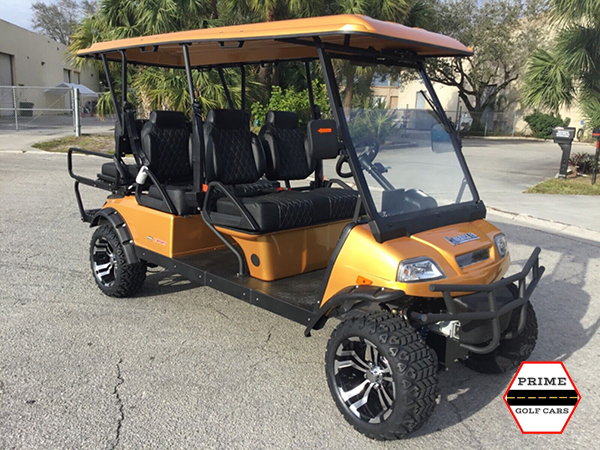
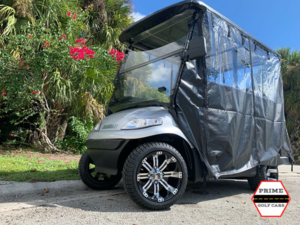
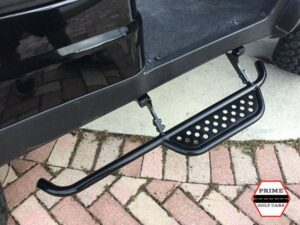
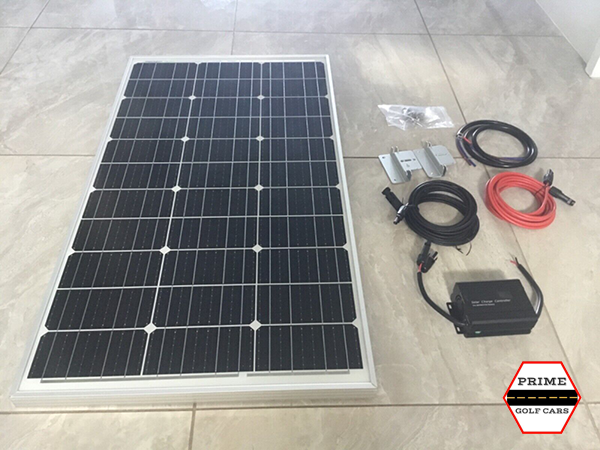
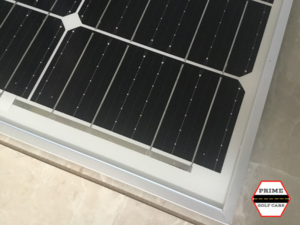
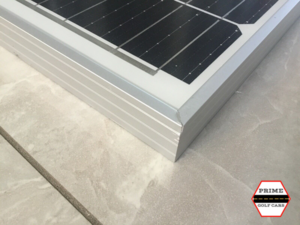
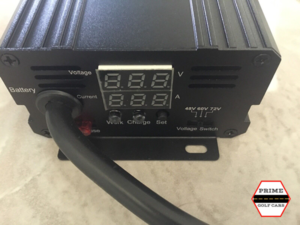
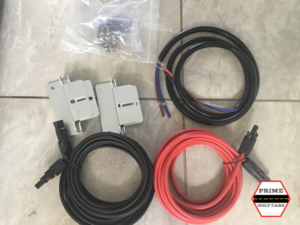
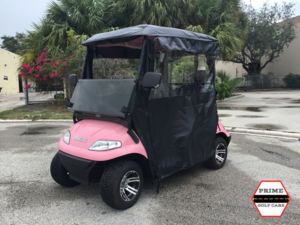
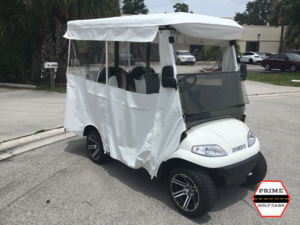
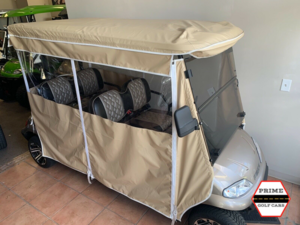
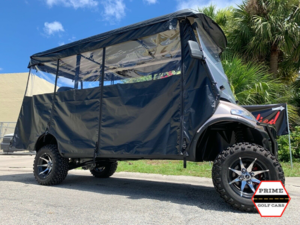
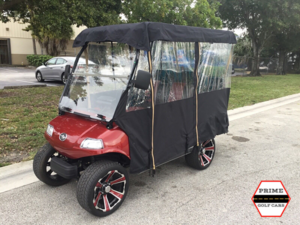
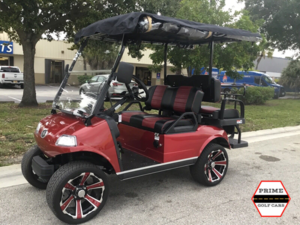




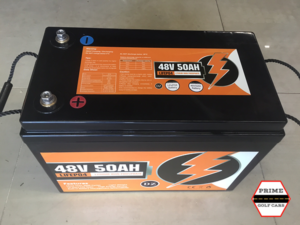 Fully charged 48V 50ah LiFePO4 Lithium Battery can support 2560Wh energy for your appliances. It weighs only 40.3 lbs, only 1/3 of the weight of a 12V 100Ah AGM SLA Battery. It makes installation and movement more easier.
Fully charged 48V 50ah LiFePO4 Lithium Battery can support 2560Wh energy for your appliances. It weighs only 40.3 lbs, only 1/3 of the weight of a 12V 100Ah AGM SLA Battery. It makes installation and movement more easier.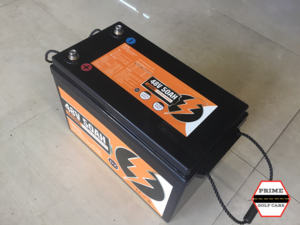 Full battery kit – $1,745
Full battery kit – $1,745